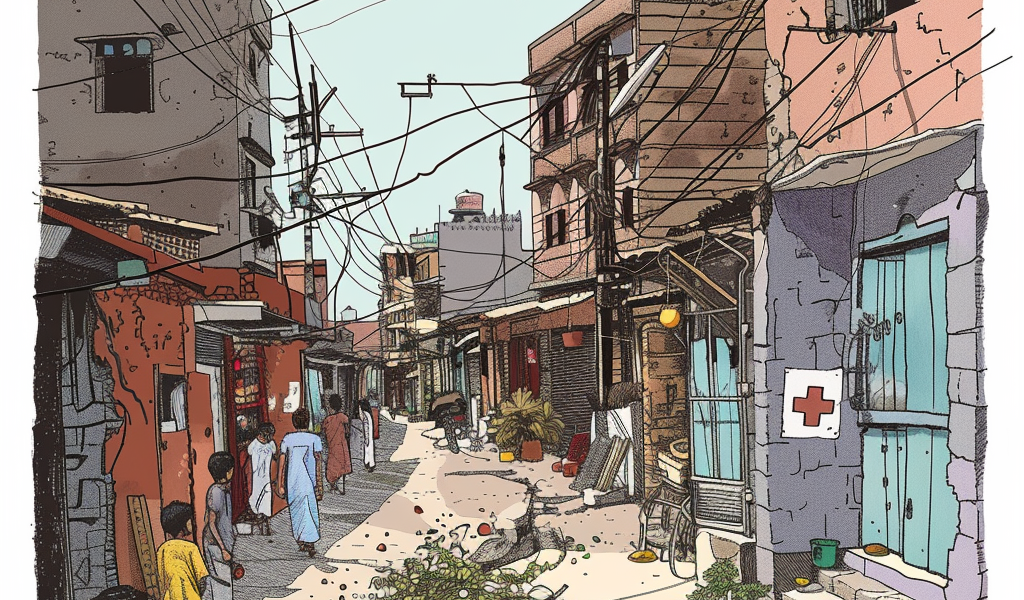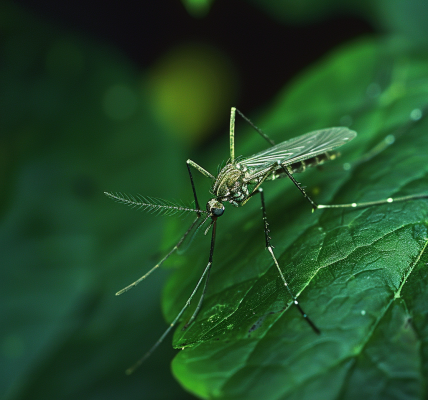The Municipal Corporation of Delhi (MCD) has released alarming statistics regarding vector-borne diseases in the city, revealing that dengue cases have surpassed the 4,000 mark for the year 2024. The latest report indicates that 467 new dengue infections were recorded in the week ending November 2, contributing to a total of 4,061 cases since January.
October proved to be particularly severe, with 2,431 cases reported during the month alone, accounting for nearly 60% of the year’s total. This spike marks the highest incidence of dengue cases in October in at least five years. Alongside dengue, the MCD report highlights a worrying increase in other vector-borne diseases, including malaria and chikungunya.
In terms of fatalities, three people have died from dengue-related complications this year, all of which occurred in September. Fortunately, no fatalities have been reported since then, but officials remain vigilant as the season progresses.
As temperatures begin to drop, experts warn that mosquitoes may seek refuge indoors, which could lead to further transmission of the virus. The MCD has urged residents to remain cautious and proactive in preventing mosquito breeding in and around their homes.
“With a drop in temperature, we are expecting a decline in the number of cases for vector-borne diseases. However, the temperature inside houses is still around 25°C, which is conducive for mosquito breeding,” stated a representative from the MCD’s public health department. The official emphasized the importance of eliminating potential mosquito breeding sites, such as standing water in pots and other containers.
In addition to dengue, the MCD reported 709 malaria cases this year, with 279 of those occurring in October. The city has also documented 151 cases of chikungunya, marking a significant rise compared to previous years. The distribution of these diseases varies across different zones in Delhi, with Najafgarh zone reporting the highest number of dengue cases at 613. South Delhi follows closely with 567 cases, while Central Delhi has recorded 436 cases.
When it comes to malaria, the City Sadar Paharganj zone has the highest numbers, with 95 cases reported. Shahdara North zone leads in chikungunya cases, recording 75 infections. The MCD continues to monitor these trends closely as they work to implement strategies to combat the spread of these diseases.
As the city grapples with this public health challenge, the MCD is advising residents to take precautionary measures, including regular cleaning of areas where water may accumulate and ensuring that homes are well-maintained to prevent mosquito infestations. Community awareness and individual responsibility play crucial roles in controlling the outbreak and protecting public health.
Overall, the MCD’s latest report underscores the urgent need for continued vigilance and proactive measures to combat the rising tide of vector-borne diseases in Delhi. As the city navigates through this challenging season, the collective efforts of residents and health officials will be crucial in mitigating the impact of these illnesses.





